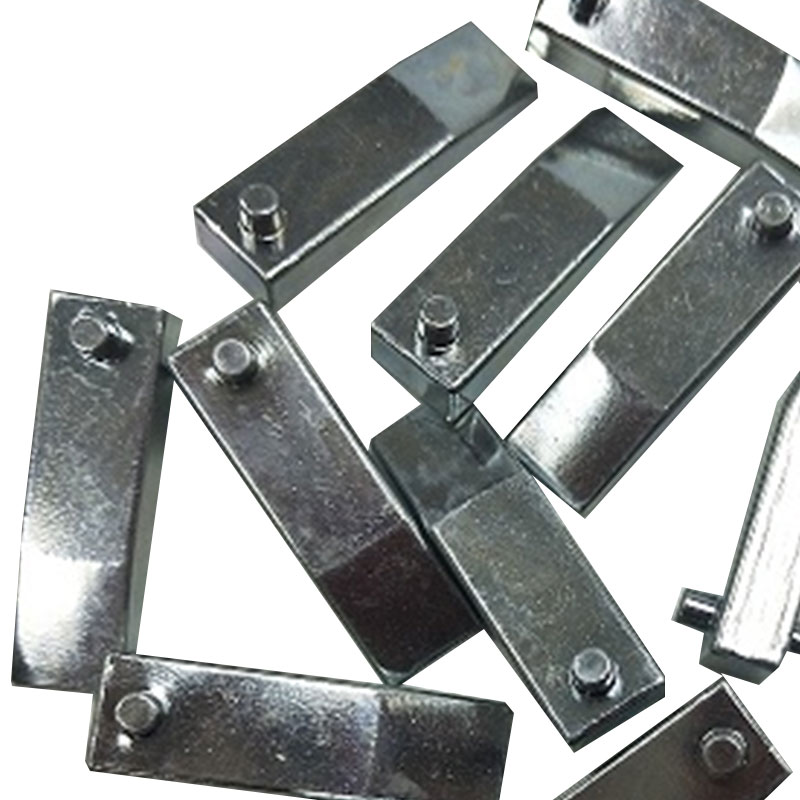 Main:+86 574 87907106
Main:+86 574 87907106
![]() Main:+86 574 87907106
Main:+86 574 87907106
Numerical control lathes have a variety of raw materials for processing goods. Among them, aluminum is one of the most processed parts. When using CNC machine tools to process aluminum parts, if you want to make the processing models and specifications more stable, such areas must Pay attention to the problem of raw material refrigeration, and aluminum die castings may deform after refrigeration. Such things are generally inevitable. At this time, try to pay attention to the application of diesel engine refrigerant, and also consider when carrying out accurate and accurate measurements in power. When the raw material is deformed, it will be.
Processing technology
Unscientific processing technology can easily lead to deviations in the model specifications of aluminum die castings. To ensure the basic processing technology (such as cutting CNC machine tool processing "first rough and then finish, face first and then hole, first many and then spicy small surface" or welding fixture application "reduce the frequency of clamping and use as much as possible to form fixtures" It is necessary to avoid the machining deviation caused by iron pins on aluminum parts as much as possible for most of the important links of basic processing technology.
Basic parameters
Cutting rates, cutting speeds, cutting factors, and tool compensation are all cutting factors that impair the efficiency of processing, so special attention must be paid. Tool selection
When machining aluminum parts, special tools should be used as much as possible. Such tools are generally more purposeful. For example, turning tools special for aluminum milling generally have larger rake angles and helix angles, sharper cutting edges, which are more conducive to the processing of aluminum parts (such as anti-chip buildup), and the processed performance indicators will be stronger.
Stress field level
The aluminum material is too soft, so pay attention to the clamping range as much as possible. In addition, during processing, the aluminum parts are roughed intact and left for a period of time before the next production process is carried out to remove the stress field.
In addition, it is necessary to pay attention to the milling surface and the demand of cutting fluid during the processing of aluminum parts. There are many factors that damage the efficiency of aluminum processing, so it must be handled flexibly during processing, and the actual problems must be analyzed in depth. Stable machine tools, effective processing techniques and tools, and the technical strength of their operators are all factors that impair product quality.
Tool selection
When machining aluminum parts, try to use special tools, which are generally more targeted. For example, lathe tools for aluminum milling generally have larger rake angles and helix angles, and the cutting edge is sharper, which is more conducive to the processing of aluminum parts (such as anti-chip buildup), and the processed performance will be stronger.
In addition, special attention should be paid to the difficulty of milling and the amount of cutting fluid required in the processing of aluminum parts. There are many factors that damage the credibility of aluminum processing, so it should be handled flexibly during processing, and specific difficulties should be analyzed in detail. Stable machine tools, reasonable processing techniques and tools, and the technical level of operators are all factors that harm product quality.
Processing technology
Unreasonable processing technology can easily cause errors in specifications and models of cast iron parts. In ensuring the basic processing technology (such as cutting CNC machine tools
Most of the basic processing technology key links such as "rough first and then refined, surface first then hole, first many then spicy noodles" or "reduce the number of clamping and use as much as possible to form tooling and fixture" in the use of fixture tooling), we must try our best Reduce machining errors caused by iron pins on aluminum parts.
There are many reasons for the deformation of aluminum parts, which are often related to raw materials, parts appearance, production and processing specifications, etc. There are several important aspects: the deformation caused by the welding stress of the blank, the deformation caused by the cutting force and the cutting heat, and the deformation caused by the clamping force.

Brishine United Industry Co.,Limited
No 218, Dieyuan Road, Shounan Street, Yinzhou
315000, Ningbo, China
Main: +86 574 87907106
[email protected]